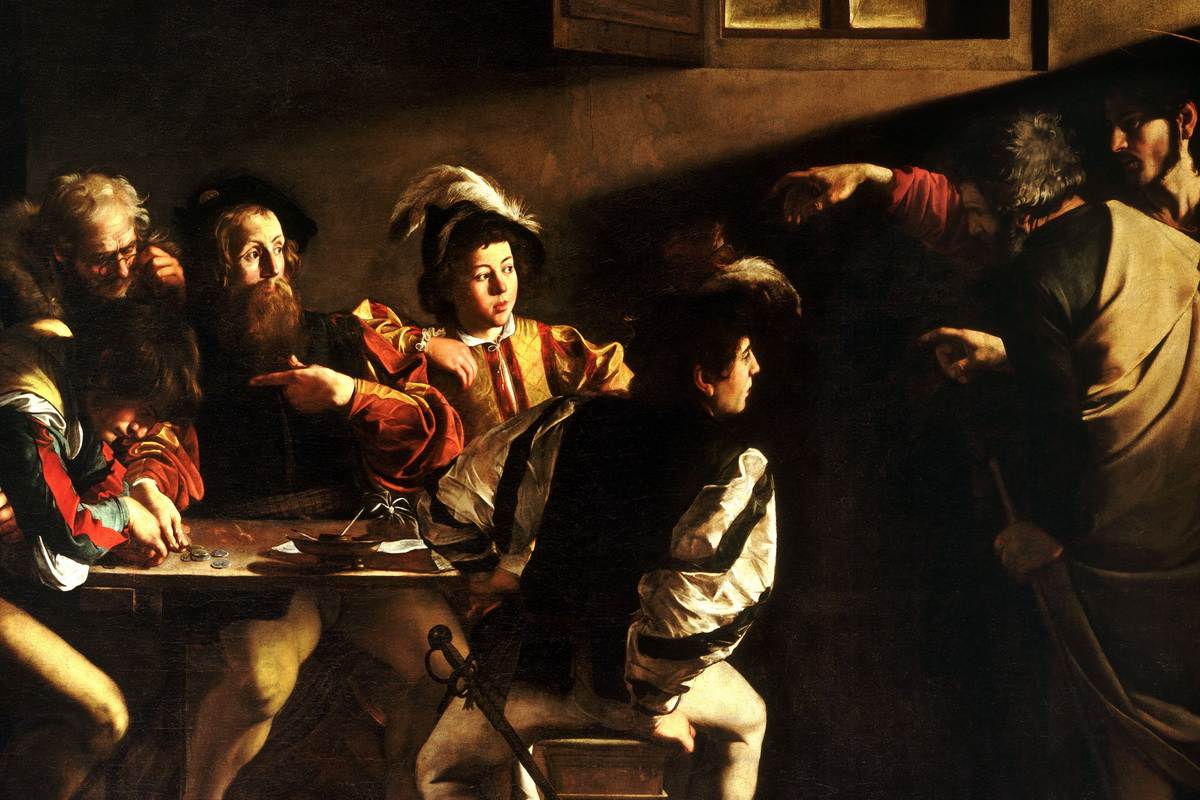Michelangelo Merisi da Caravaggio, the name itself evokes a world of dramatic contrasts, raw emotion, and revolutionary brushstrokes. He wasn’t just a painter; he was a seismic shift in the art world, forever altering the course of Western art with his daring use of light and shadow, his poignant realism, and his unflinching portrayal of the human condition.

Shattering the Idealized Past:
Before Caravaggio, religious art existed in a realm of serenity and idealized figures. But he ripped through the canvas, replacing it with raw human drama. His figures, steeped in darkness, emerged from blinding pools of light, their faces etched with vulnerability, grief, and even violence. Take the “Crucifixion of Saint Peter,” where the saint, upside down and contorted with pain, becomes intensely real, forcing the viewer to confront the brutality of the scene.
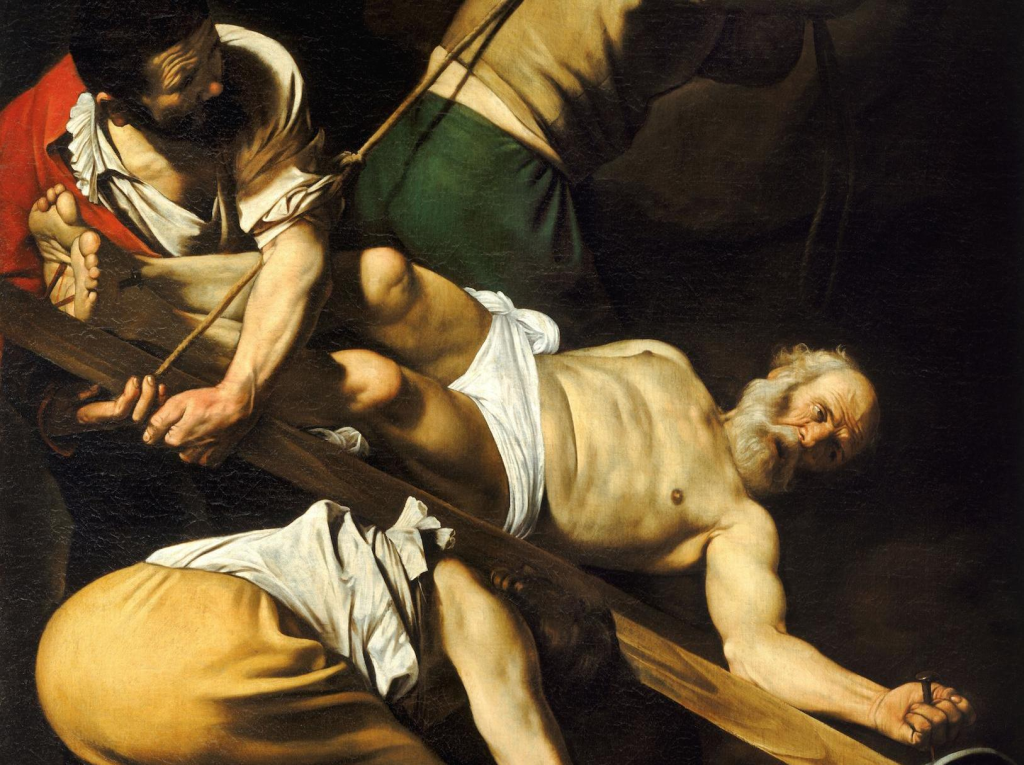
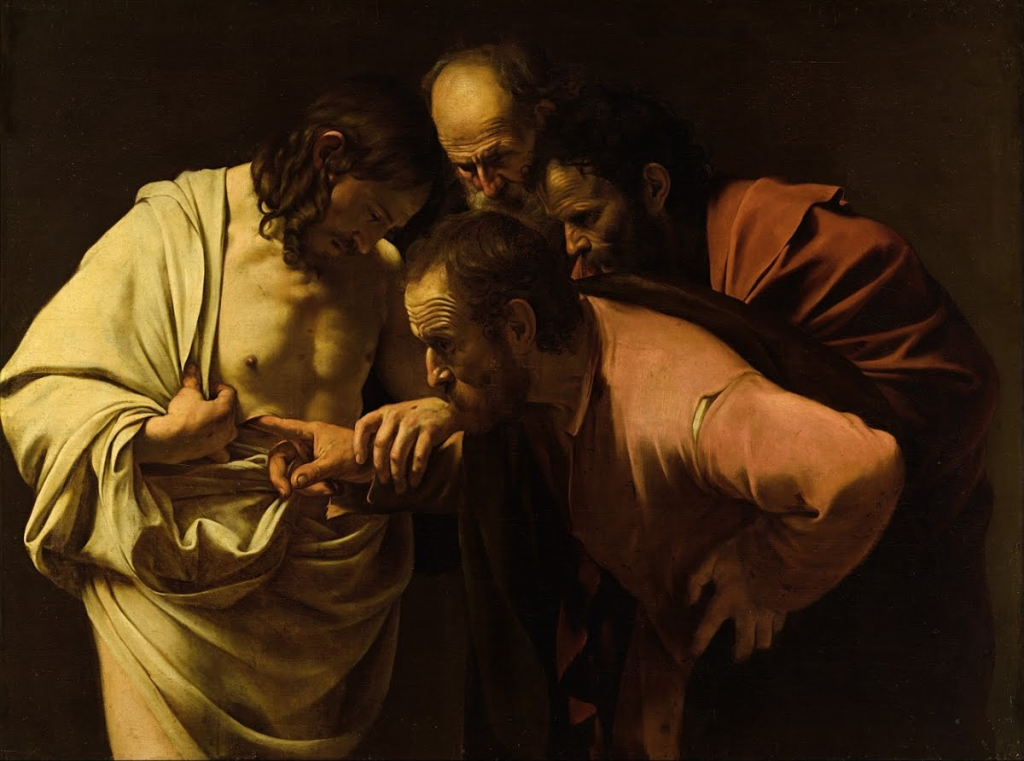
The Triumph of Light and Shadow:
Caravaggio didn’t just paint figures; he sculpted them with light. His signature technique, known as tenebrism, plunged scenes into dramatic darkness, only to highlight key moments with intense beams of light. This dramatic contrast not only heightened emotion but also added a sense of theatricality, directing the viewer’s gaze and manipulating their focus. The spotlight-like effect created a sense of intimacy, drawing the viewer into the scene as if witnessing a clandestine moment.
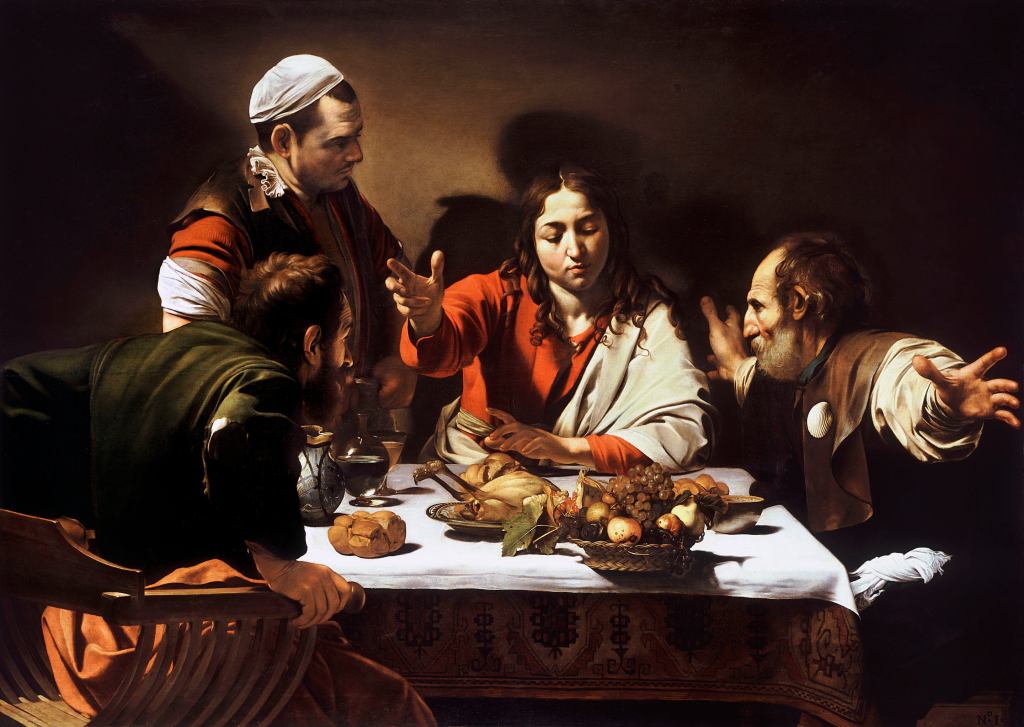
Beyond Religion: Embracing the Raw and Real:
While his fame rests on religious masterpieces, Caravaggio’s genius wasn’t confined to sacred themes. He ventured into genre painting, capturing scenes from everyday life with an honesty rarely seen before. Take “The Cardsharps,” where a game unfolds in a dingy tavern, faces contorted in concentration, hands poised to cheat. It’s a world of deception and moral ambiguity, far removed from the sanitized scenes of previous genre paintings.
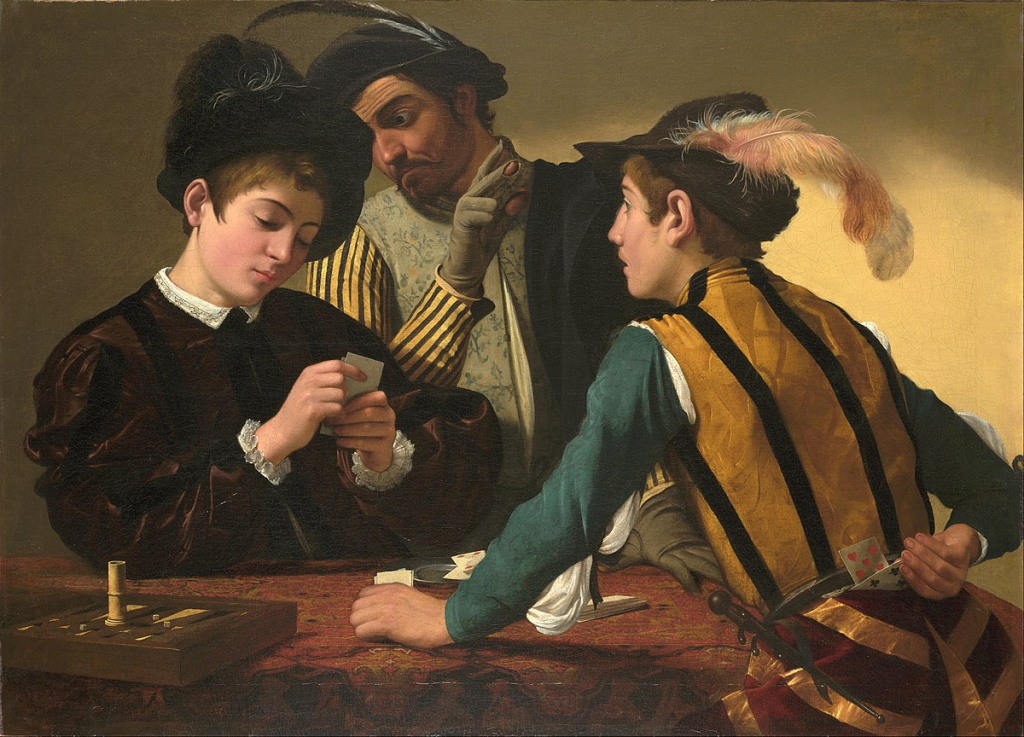
Caravaggio’s Legacy: A Light That Continues to Shine:
His influence on subsequent generations was profound. Artists like Peter Paul Rubens and Rembrandt absorbed his dramatic lighting and raw emotional energy. Even today, his influence can be seen in film noir, photography, and even contemporary art.
Caravaggio wasn’t just a painter; he was a rebel who challenged convention and redefined the possibilities of art. His raw brilliance, his unflinching honesty, and his mastery of light and shadow continue to captivate and inspire, making him a giant who casts a long, illuminating shadow over the art world.
Shayne Heffernan


